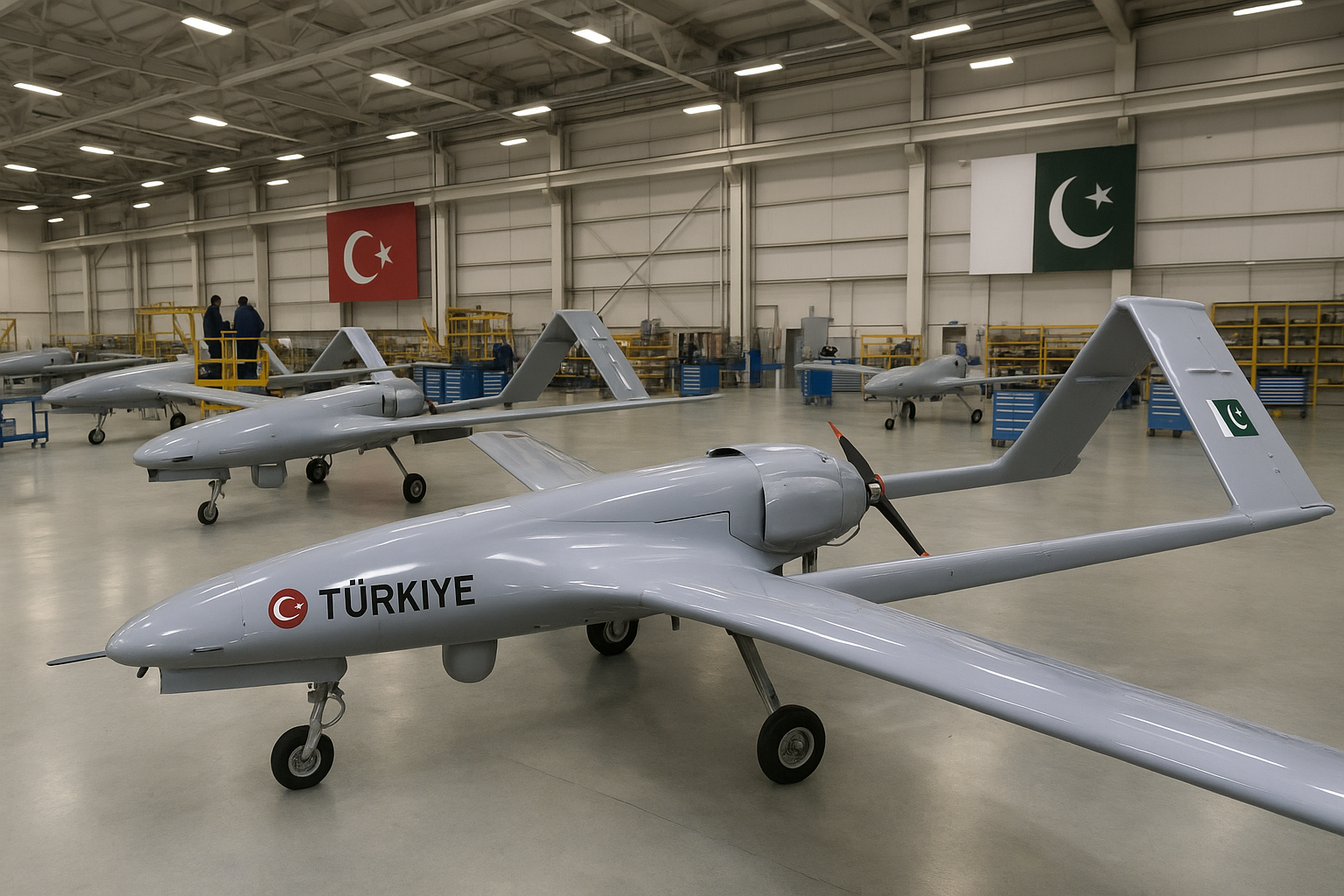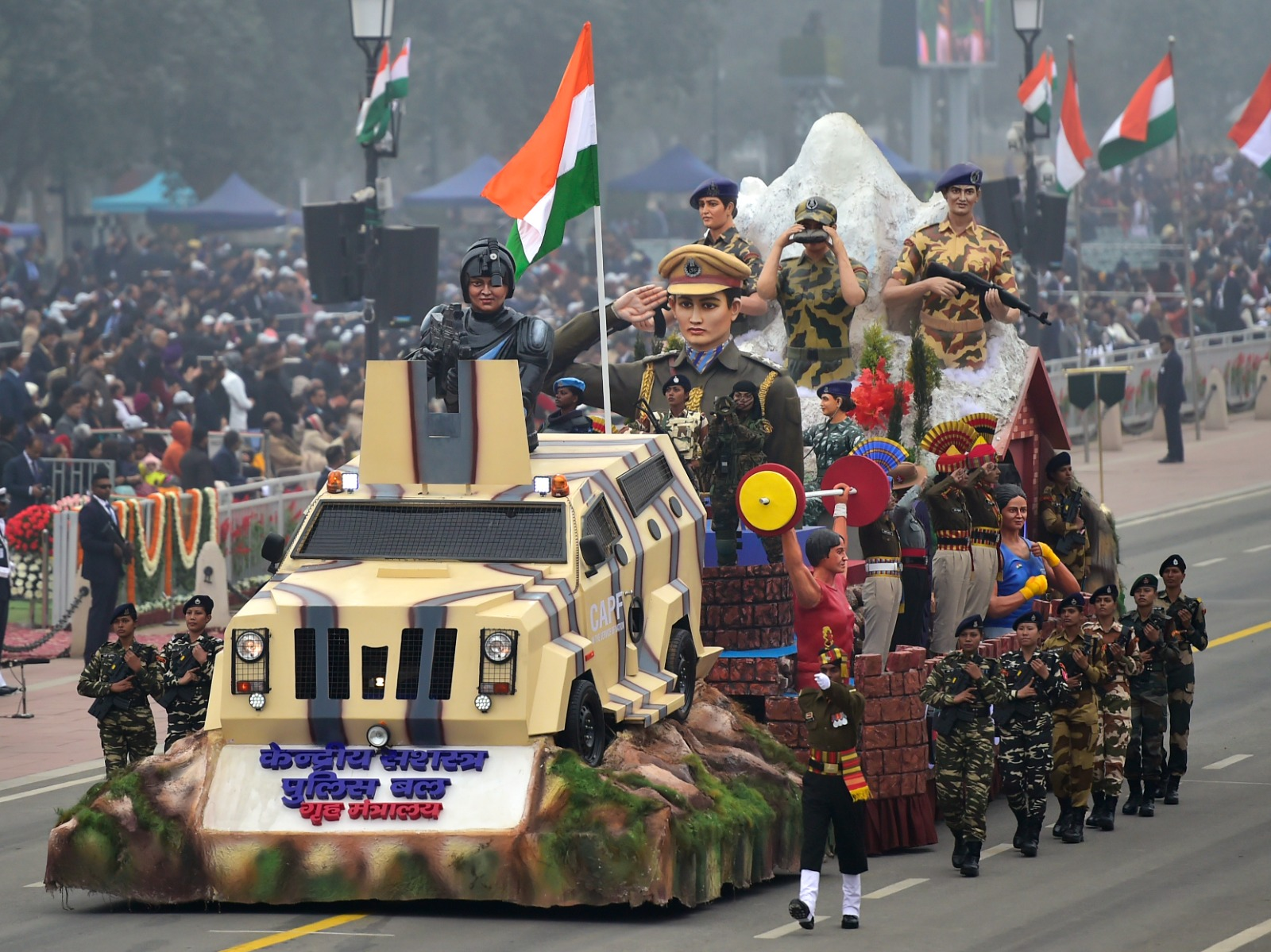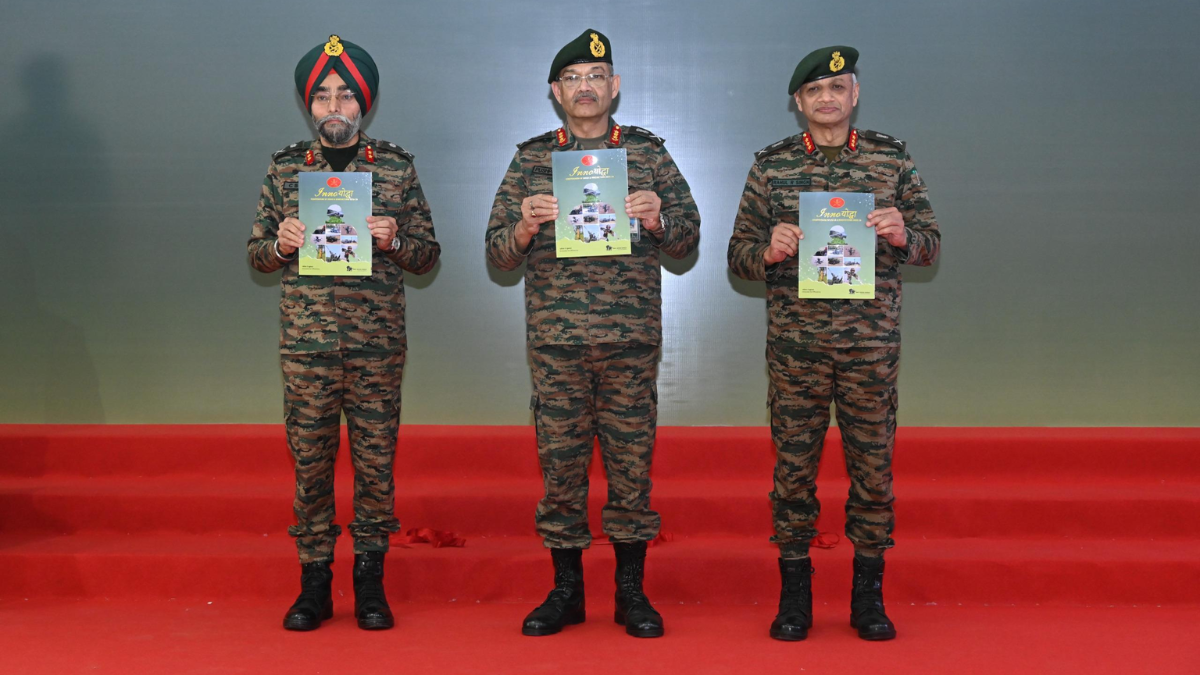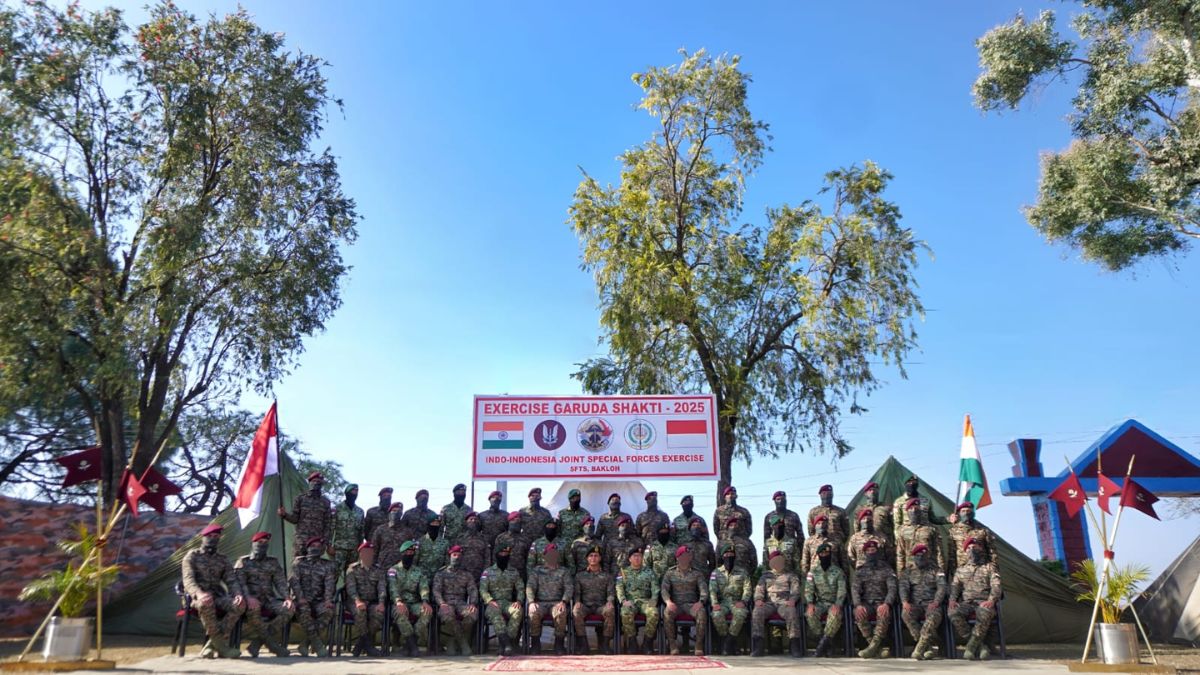India, Australia Launch Undersea Surveillance Research Project To Tackle Emerging Maritime Threats. Here’s What They Seek To Do
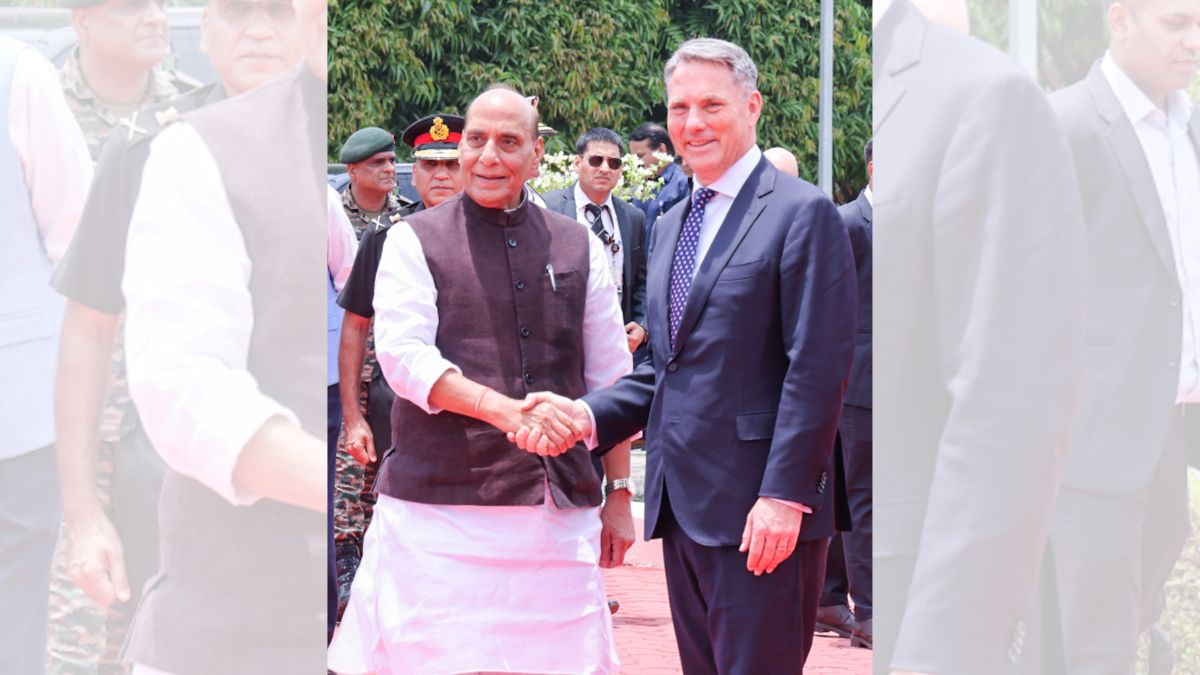
Defence Ministers of India and Australia in June 2025.
India and Australia have jointly embarked on a landmark undersea surveillance research project, marking the first-ever science and technology collaboration between the two nations in the defence domain. The three-year initiative aims to bolster maritime domain awareness by developing advanced capabilities for the early detection and tracking of submarines and autonomous underwater vehicles (AUVs).
The project is being carried out under a formal arrangement between Australia’s Defence Science and Technology Group (DSTG) and India’s Defence Research and Development Organisation (DRDO), specifically through the Naval Physical and Oceanographic Laboratory. It reflects the growing synergy between the two Indo-Pacific partners amid increasing underwater challenges and the proliferation of unmanned platforms in the region.
What is the objective of this India-Australia joint research project?
The project aims to enhance undersea surveillance by improving the reliability, efficiency, and interoperability of detection systems, specifically for submarines and AUVs. It will explore the integration of advanced Towed Array Target Motion Analysis (TMA) to develop next-generation underwater tracking algorithms.
On the Australian side, the research is being led by the Information Sciences Division of the Defence Science and Technology Group (DSTG). On the Indian side, the partner is the Naval Physical and Oceanographic Laboratory of the Defence Research and Development Organisation (DRDO).
What is Towed Array Target Motion Analysis, and why is it important?
TMA refers to a suite of target-tracking algorithms that help estimate the state (position, velocity, heading) of moving underwater targets. When integrated with a towed array system—a long cable fitted with hydrophones trailing behind a surface ship or submarine—it enables passive detection of undersea threats without revealing the observing platform’s location.
The project uniquely combines TMA with signal processing through towed arrays, allowing detection in complex acoustic environments. It will attempt to manage noise corruption, improve signal clarity, and test new algorithms in real-world marine conditions.
What have researchers said about the significance of the project?
Amanda Bessell, Discipline Leader at DSTG, noted that TMA is essential for maintaining situational awareness during passive operations. DSTG Senior Researcher Dr Sanjeev Arulampalam explained that hydrophones in a towed array work collectively to capture acoustic signals from various directions, which are then processed to identify and track maritime targets.
How will the collaboration function operationally?
The agreement involves joint trials, algorithm demonstrations, performance evaluations, and continuous exchange of technical ideas and data. The two nations will share their expertise to co-develop solutions tailored for dynamic and contested underwater environments.
What broader strategic value does this initiative hold?
According to Suneel Randhawa, Chief of DSTG’s Information Sciences Division, the research output could influence the future direction of undersea combat system surveillance technologies. The partnership also exemplifies how international collaboration can accelerate innovation, improve capability development, and address shared security challenges.
How does this fit into India-Australia strategic cooperation?
This initiative is part of an expanding defence and maritime partnership between India and Australia, particularly in the Indo-Pacific. It complements broader multilateral efforts under frameworks like the QUAD and underscores the two nations’ commitment to maintaining peace and security in the region’s undersea domain.
